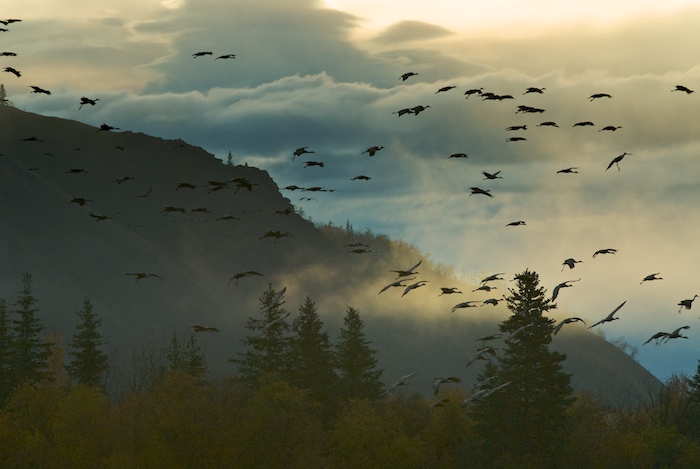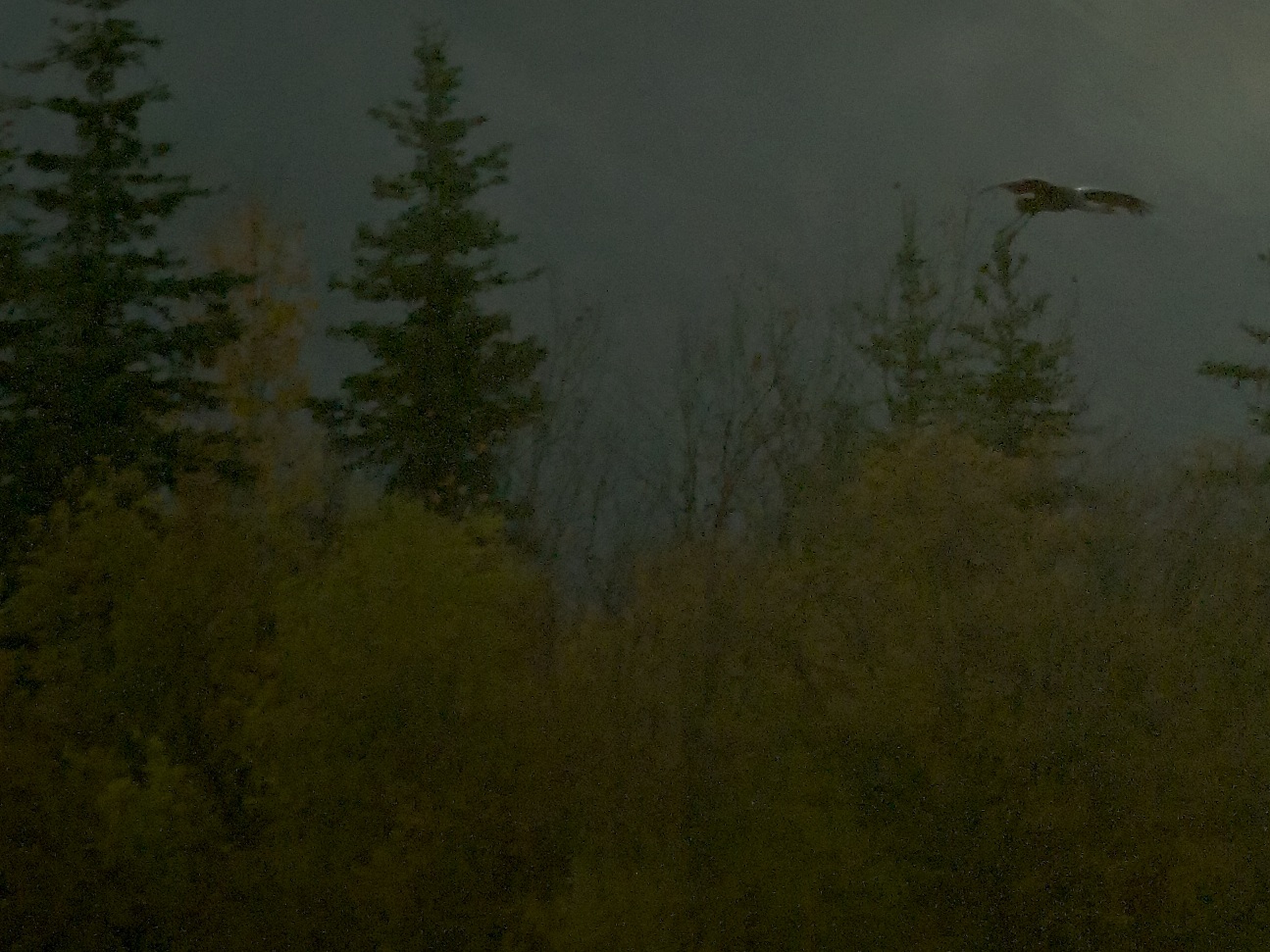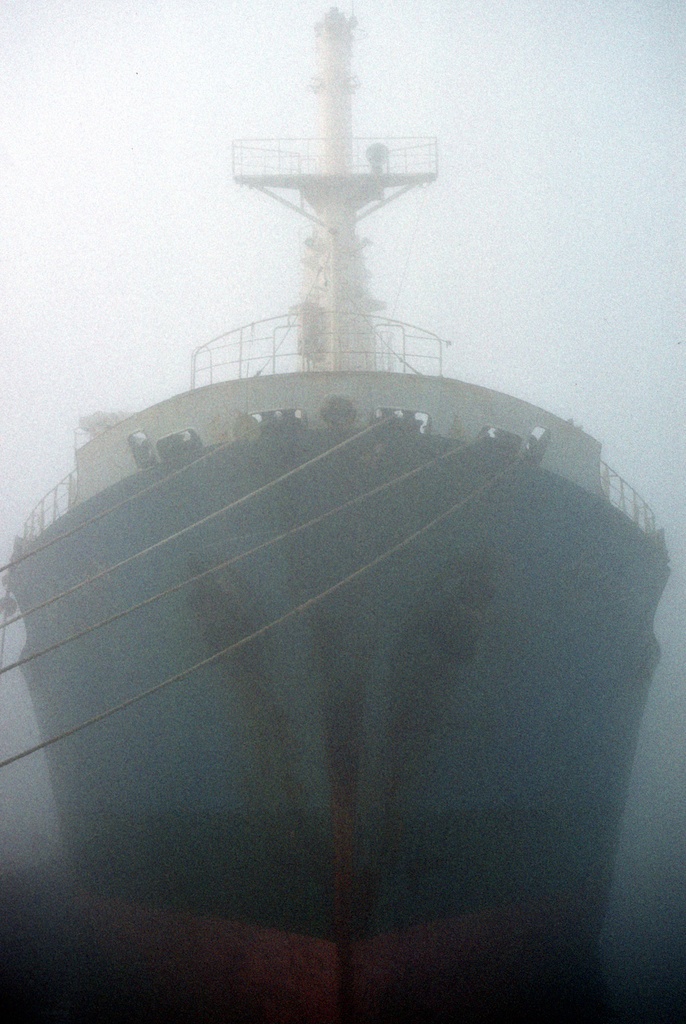ISO the Perfect ISO
In Search Of the perfect ISO for your photographic efforts? So many amateur photographers I meet are confused about what the ISO means and how to best tune it to their imaging needs. I thought I’d give a brief primer here on the topic.
Just What Is ISO?
ISO is equivalent to what we called ASA during film days. ISO is a measure of how sensitive a sensor is to light. The higher the ISO, the better its ability to record light, but the ‘grainier’ the image looks. There’s always a trade-off, isn’t there? Sometimes you want that grainy effect; most of the time in landscape photography you won’t. In digital photography we refer to that grain as ‘noise.’ Noise is most prominent in the shadow areas of the image. Also, as you blow up the image beyond a print size of 8 x 10, the noise becomes more apparent.Take this example here.

The image, taken hand-held in the northern Yukon, is of Lesser Sandhill Cranes migrating south from their summer feeding grounds in the Arctic. I took this as the sun was barely rising. That meant that there wasn’t much light, especially near ground level. Plus the birds were moving, so I had to use a fast shutter speed. The only way I could do this was to ratchet up the ISO on my digital camera to 800, some four times the recommended (baseline) ISO of 200.
When you magnify the image, as I’ve done below, you can see just how much grain there is in the shadow areas of the image.

Manipulating ISO
The take-away is to try to keep your ISO at 200 or below when doing landscape photography, where you want everything to be sharp with no noise. Many cameras can handle up to ISO 400 or even 800 with minimal noise, but don’t count on it. Personally, I try to keep my ISO at 100-200. However, to effectively use ISO 200 or below you will almost always have to use a tripod. The lower the ISO, the lower the light sensitivity of the sensor. In other words, all other variables being equal, as you lower the ISO you must keep open the shutter for a longer period of time to allow in enough light or else open the aperture of the lens more. To prevent hand shake during exposures a tripod and cable release are critical.ISO is the third major variable available to digital photographers to manipulate the capture of light, which is what photography is all about. The triad consists of shutter speed, aperture and ISO. Change any one of these and the other two will be affected. For example, in the photo above I shot the scene at f11 (aperture) at 1/320 second (shutter speed) at ISO 800. I needed to shoot at f11 to get more birds in focus, since they were scattered across the sky. I also wanted the mountain, trees and clouds to be reasonably in focus. But, at ISO 200, I would have had to shoot at 1/80 second, far too slow to freeze the birds. Truth be known I also have arthritis in my hands and as a result I can no longer hand-hold a 70-200 lens and get a decent image at 1/80.
So, what does an arthritic old pro do in such circumstances? If I double the ISO to 400, I can double the shutter speed to 1/160, good but still iffy for me. So, I cranked the ISO up to 800 and then I could shoot at a safe 1/320 second. Problem solved… well almost… there’s that nasty noise to deal with. Some of that noise can be reduced by special software, which I eventually did with this photo in order to enlarge it for display. In retrospect I should have taken my tripod with me on that day. That would have allowed me to shoot at ISO 400, with far less noise.
Creative Use of ISO
You’ve probably already figured out that there are times you’ll want to use the noise inherent in high ISOs to good effect in an image. I remember when I started out as a cub photojournalist watching one of the veteran photographers working in the darkroom and oulling from the soup an image I’ll never forget. It was an inner city corner at night with a drug dealer leaning against a post and an obvious customer talking to him. It was shot in black and white with the old Tri-X film, which was rated at ASA 400. This photographer had boosted it to ASA 1600 and the grain in the image gave a gritty feel to the scene. Perfect for the story.I did the same in this image taken in Capetown, South Africa. I came across this scene as I walked the waterfront at sunrise. There was dense fog, as there often is in Capetown. From a few hundred yards away I did not even see the ship. Suddenly, it loomed large in the fog. I set up the shot and intentionally cranked up the ISO to give the image a gritty feel.
